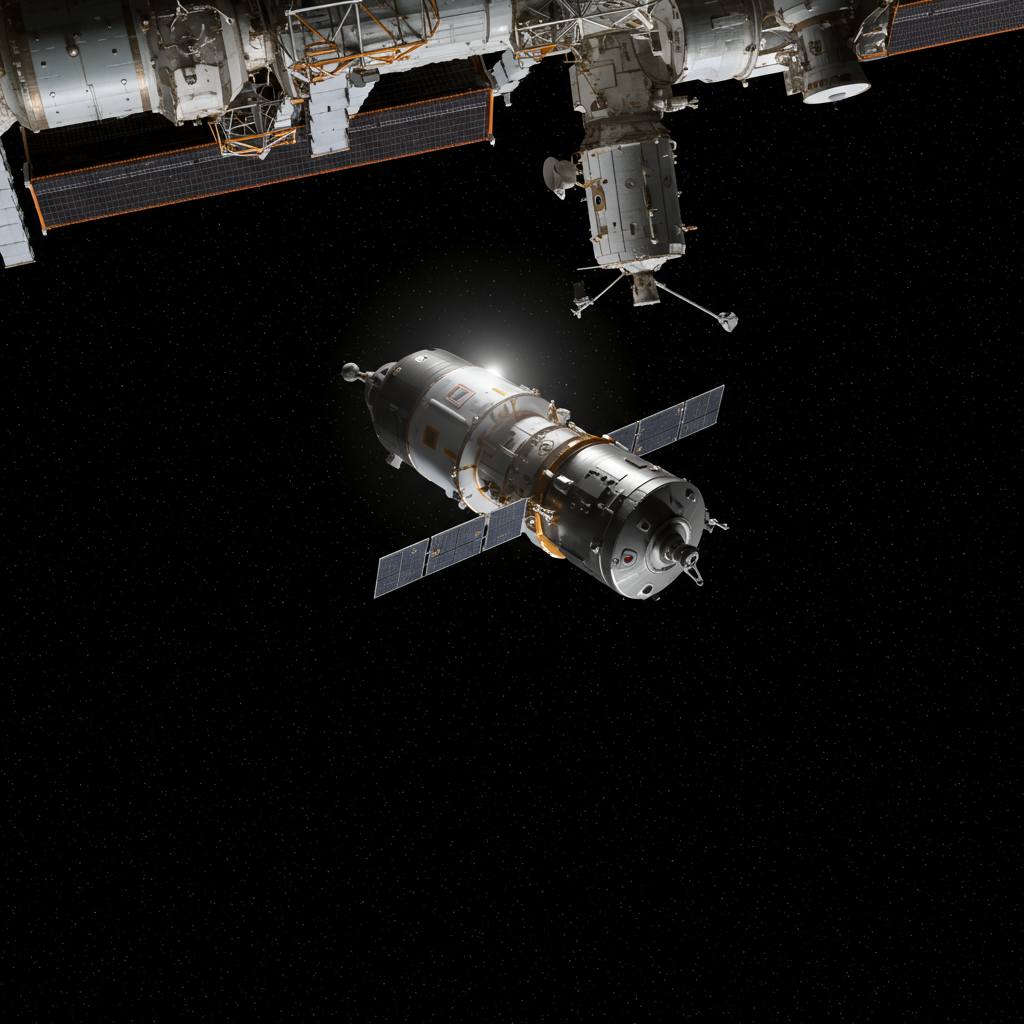Ancient humans needed every advantage to survive harsh environments. Fat, dense with calories, served as a crucial energy source, especially when food was scarce. While our earliest African ancestors knew to crack bones for fatty marrow, a remarkable new study uncovers evidence that our Neanderthal cousins in Europe developed far more advanced techniques thousands of years earlier than previously believed. This discovery fundamentally changes our understanding of their intelligence and resourcefulness.
Unearthing a Prehistoric Industry
The groundbreaking evidence emerges from the neumark-nord 2 site in central Germany. This location, dating back an astonishing 125,000 years during a warm interglacial period akin to today’s climate, reveals a sophisticated operation. Researchers unearthed a dense concentration of animal remains near a shallow ancient lake. But these weren’t just discarded bones. Instead, archaeologists found tens of thousands of tiny bone fragments.
Evidence shows neanderthals systematically crushed bones from at least 172 large mammals. These included species like deer, horses, and the now-extinct aurochs. This level of fragmentation goes far beyond merely accessing marrow cavities. It points to a deliberate, labor-intensive process aimed at extracting maximum nutritional value.
Beyond Simple Marrow Extraction
Why crush bones into tiny pieces? The answer lies in rendering calorie-rich bone grease. By heating these crushed fragments in water, Neanderthals could separate and collect the valuable liquid fat. This technique yields significantly more fat than simply breaking bones for marrow.
This discovery is profound because it pushes the timeline for such complex food processing back tens of thousands of years. Previously, archaeologists associated this type of organized, large-scale resource management with much later human populations. The Neumark-Nord findings demonstrate that Neanderthals possessed a level of technological and logistical skill previously underestimated.
The Strategic Genius of Neanderthals
The specific location of the discovery adds another layer of insight. The site near the lake margin appears to have been a dedicated area for this activity. The presence of flint artifacts and hammer stones alongside the bone fragments supports this idea. This wasn’t a casual butchering site; it was a task-specific workshop.
Dr. Lutz Kindler, the study’s lead author, emphasizes the intentionality behind the operation. He describes the activity as “intensive, organised, and strategic.” This level of planning likely involved hunting or acquiring animals elsewhere and then transporting carcasses or specific bone parts to this central processing hub. It suggests a sophisticated understanding of resource management, potentially including caching resources for later use.
The Value of Bone Grease
Fat provides essential calories and nutrients vital for survival, especially in prehistoric environments where food availability could fluctuate seasonally. Bone grease is particularly energy-dense. Professor Sabine Gaudzinski-Windheuser, a co-author, highlights that bone grease production requires processing a significant volume of bones to be worthwhile. The discovery of remains from over 172 mammals at this single site within a short period indicates the scale and profitability of this venture for the Neanderthals operating there. It underscores their deep understanding of nutritional value and efficient extraction methods.
Neumark-Nord: A Landscape of Evidence
The significance of the Neumark-Nord findings extends beyond this specific “fat factory.” The Neumark-Nord site complex is vast, spanning about 30 hectares. Discovered in the 1980s, it has been the subject of extensive research, including year-round excavations between 2004 and 2009. This long-term effort has revealed much more than just bone processing.
Professor Wil Roebroeks notes the exceptional preservation of an entire landscape at Neumark-Nord. This allows researchers to see Neanderthals engaging in diverse activities across different areas. They hunted and minimally processed smaller game like deer in one spot. In another, they intensively processed massive animals like 13-ton straight-tusked elephants, which could provide thousands of food portions. There’s even limited evidence suggesting plant use.
Impact on Ancient Ecosystems
The sheer volume of animal remains across the Neumark-Nord complex and nearby sites paints a picture of highly effective hunters and resource managers. Beyond the minimally 172 mammals at the fat rendering site, hundreds of herbivores, including elephants, were processed around the Neumark-Nord 1 lake area alone. Other sites in the region, such as Taubach, show cut-marked remains from dozens of rhinos and elephants.
This extensive exploitation suggests Neanderthals had a substantial impact on prey populations during this period. Professor Roebroeks speculates that their “harvesting” could have significantly affected herbivores, particularly those with slow reproduction rates. This indicates a deeper level of ecological engagement than previously attributed to them.
Rewriting Neanderthal History
The discoveries at Neumark-Nord, including the evidence of sophisticated fat rendering, continue to transform our understanding of Neanderthals. They were not merely robust, less-intelligent cousins of Homo sapiens. Instead, they were adaptable, strategic, and capable of complex behaviors.
These findings demonstrate that Neanderthals could plan ahead, manage resources efficiently, and interact with their environment in complex ways. Dr. Fulco Scherjon, involved in the project’s data management, highlights the unique opportunity this well-preserved landscape provides for studying Neanderthal environmental impact. This site opens exciting avenues for future research into our ancient relatives’ capabilities and culture.
Frequently Asked Questions
How did Neanderthals extract fat from bones 125,000 years ago?
At the Neumark-Nord 2 site in Germany, evidence shows Neanderthals crushed large mammal bones into many tiny fragments. They then likely heated these fragments in water. This process, known as bone grease rendering, allowed them to extract calorie-rich fat that was more abundant and easier to preserve than simple marrow.
What is the significance of the Neumark-Nord site for understanding Neanderthals?
Neumark-Nord is exceptional because it preserves evidence of an entire landscape used by Neanderthals 125,000 years ago. It shows they performed diverse activities in different areas, including processing elephants, managing vegetation with fire, potentially using plants, and systematically rendering fat from hundreds of animals at a dedicated “fat factory” location. This broad range of behaviors reveals a complex, planned culture.
Why was bone grease so important for Neanderthal survival?
Fat provides a dense source of calories and essential nutrients critical for energy and health, especially during periods of scarcity. Bone grease extracted through rendering offers a much larger yield of fat than simply eating marrow. This labor-intensive process was worthwhile because it provided a vital, nutrient-dense fuel source necessary for surviving the challenges of the ancient world.
Conclusion
The discovery at Neumark-Nord fundamentally rewrites a chapter in human evolution. It proves that Neanderthals were not just adept hunters but also innovative processors, capable of industrial-scale activities like running “fat factories” 125,000 years ago. Their ability to plan, organize, and extract maximum nutritional value from their environment showcases a level of cognitive complexity and strategic thinking that firmly places them among the truly intelligent hominins of the past. This research emphasizes the importance of ongoing archaeological work to uncover the full story of our remarkable ancient relatives.
Word Count Check: 1035




